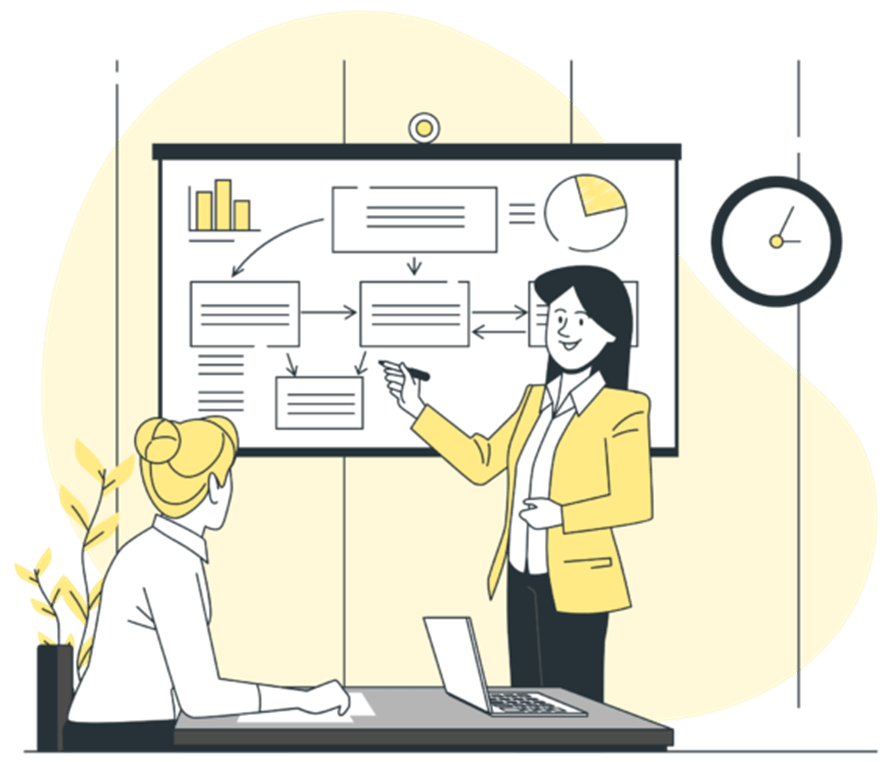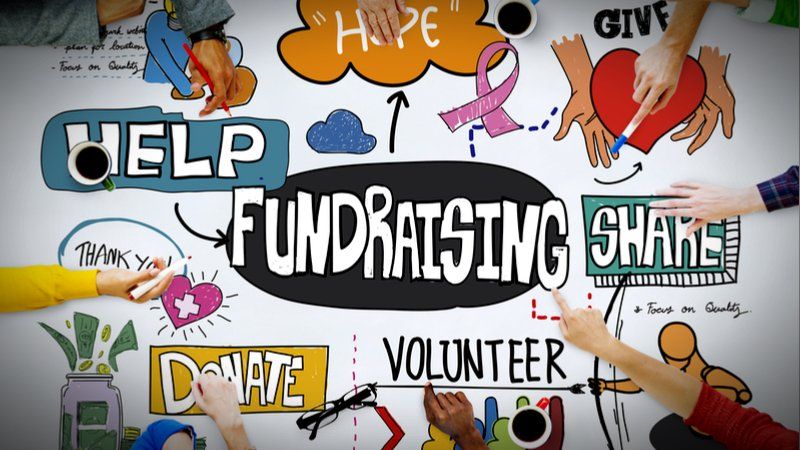Connecting with the people when asking for cash

Near the beginning of the pandemic, I heard a surprising number of nonprofit leaders expressing dismay when talking about the situation at hand. They were saying things like: "We can’t ask donors for money right now, everyone is struggling."
It was difficult for me to sit back and bite my tongue. Yes, I’m that person... unsolicited advice is my jam! What I wanted to say (or scream, whatever) is: That’s sooooo wrong!
What struck me was the thought that many nonprofits don't really know their donors. When they ask individuals and families for contributions, they're often making a blanket ask instead of imploring them to give according to their level of ability. They're only asking for basic information like name and contact information, and not getting more significant details. In addition, they're not keeping track of their donors in a meaningful way.
Here’s why these things matter:
- If a nonprofit sends a mass e-mail or direct mail letter that asks recipients to contribute by checking a box and chucking a check at you for $25, $50, $100, $1,000, or any other amount, they will more than likely opt for the lowest amount (if they give anything at all). After they mail the donation, they'll never think about it again.
- When nonprofits get in touch with prospective donors personally and talk about their goals and plans to achieve them, and get really excited about their organizations and missions, people are much more likely to give at higher amounts. Donors will also want updates to see if organizations accomplished the goals... and they'll remember!
- There's significant research showing that households that earn between $100,000 and $1,000,000 tend to donate about 4% of their annual income to charities. If a nonprofit that interested me said that directly and left me to think about, I’m not sure what would happen next... but I know I'd start to rethink my measly $100 donation.
- When collecting information about donors – at least the donors a nonprofit believes are capable of giving more than the average community member – organizations need to think outside of the box. The more connections they can make to individual contributors, the better. When they know the company a donor owns, they can set up a Google alert so they can send a congratulations note when it's in the news. If they find out when a person's birthday is, they can send a card. Personalization matters - the more nonprofits remember their donors, the more their donors will remember them.
- Good information also helps nonprofits determine the right time to ask for donations (and when not to ask), as well as the right amount to ask for. It’s possible they’ll also be able to see if donors might be good volunteers or board members. If a person's Facebook shows he/she is an avid golfer, perhaps they'll be perfect for sponsoring that golf tournament fundraiser, leading the event committee, and/or participating and bringing their friends! It’s a lot harder to say "no" when someone calls and makes a personal "ask" that aligns with an individual's interests than it is if the request is a generic form letter.
- If you're like me, chances are you can barely remember what day of the week it is, let alone remembering every potential donor, where they work, where they live, their hobbies, and everything else you’ve found out about If you are that special person who can remember all that, you won't live forever, or you'll move on at some point - and your organization would benefit from having your knowledge! For nonprofits, this means having some sort of donor software or other way of tracking the people you’re asking for donations (here’s a site comparing top donor software platforms). I highly recommend getting someone with a high level of software comprehension to set one of these up for so they can customize the donor profiles and dashboard for maximum engagement and ease of use and comprehension for your staff.
Last bit of advice: When you feel like the world is upside down and everyone is suffering, that's the perfect time to invest in your organization and its programs more heavily (think of it like the stock market - when everything comes crashing down, that's when you buy)! Communities look to nonprofits to be leaders in helping people in need - to step up to the plate - when times are tough, and they're willing to provide support!
Post Author
Jennifer E. Goldman, ASBC - President, Resonance, LLC
More Information
Contact Jennifer or
NANSV for more information.
SHARE THIS POST











